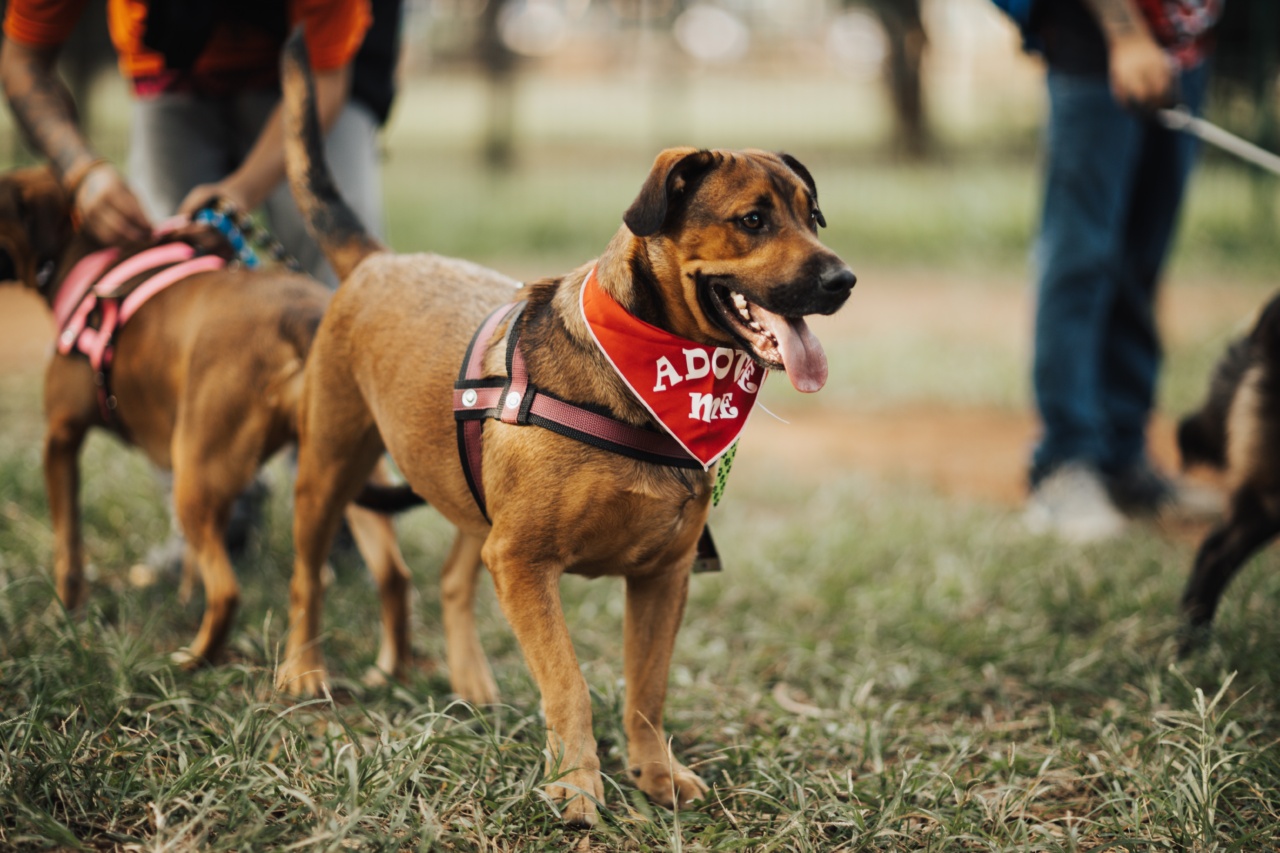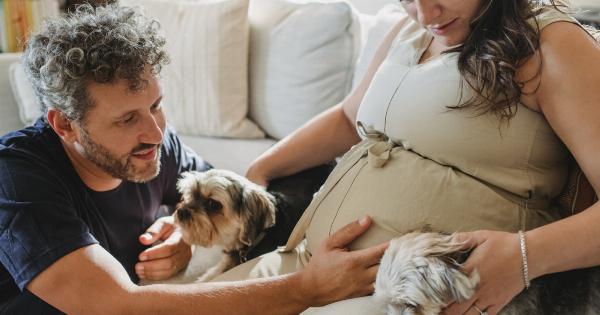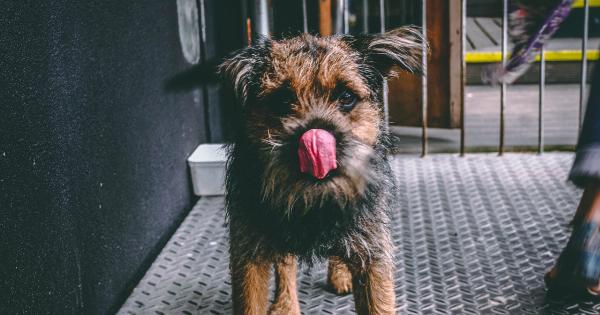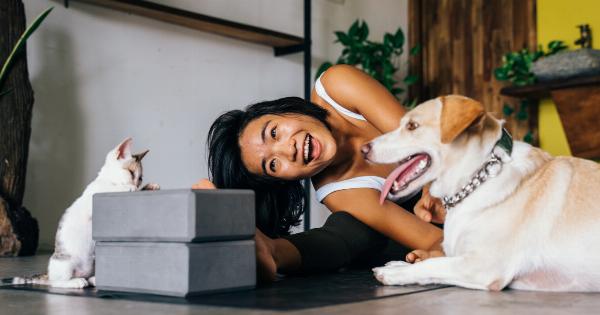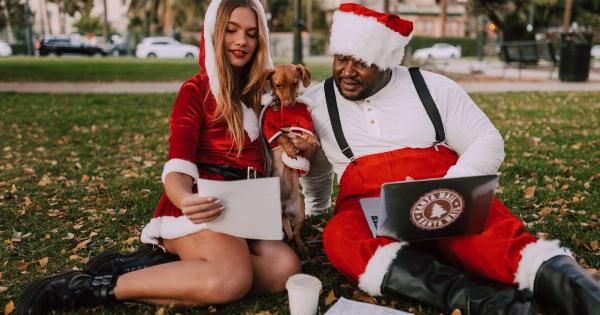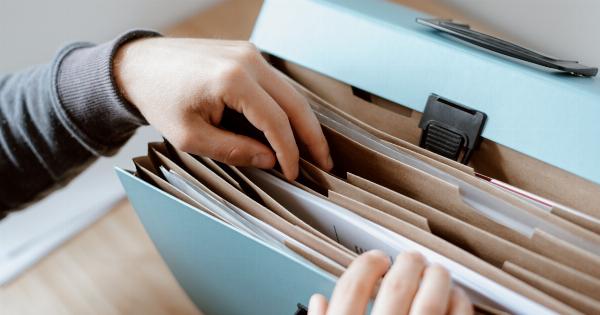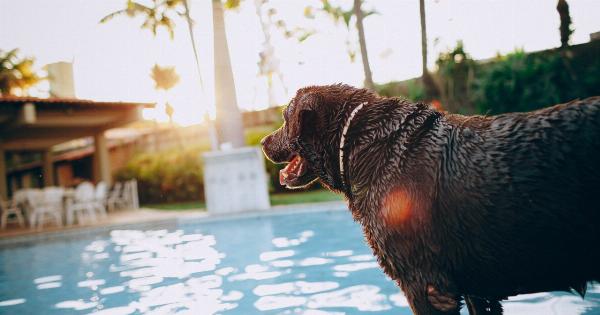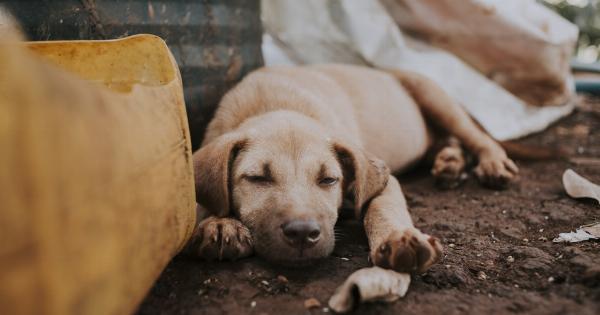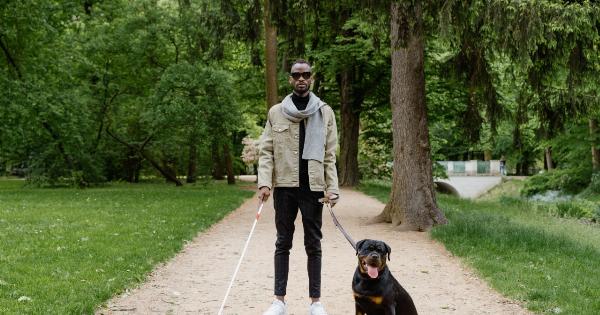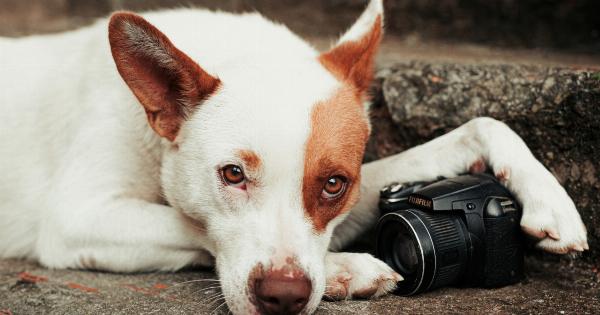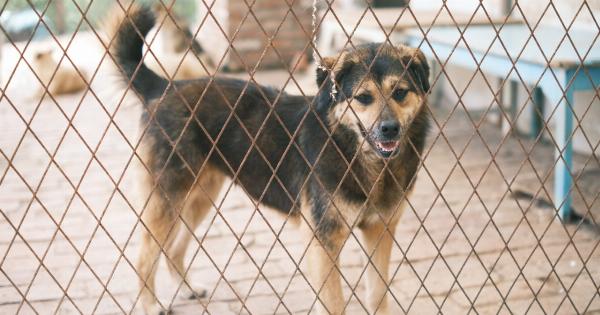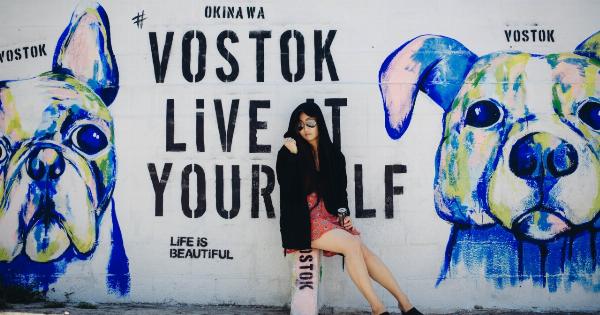Dogs are known for their loyalty, energy, and love for their owners. However, some dog owners unknowingly promote fear in their pets. Continuous training and good behaviour reinforcement is a key aspect of owning a dog.
But, it is important to avoid training behaviours that accidentally create fear.
1. Yelling and Scolding Your Dog
Dogs are prone to anxiousness and yelling or scolding them worsens the situation. Consistent shouting and scolding makes your dog learn to be apprehensive in your presence.
2. Lack of Social Interaction
Dogs are social creatures and they require social interaction to be comfortable and happy. Leaving a dog alone in a villa or a backyard for long periods will make them anxious and prone to fear.
3. Unfamiliar Environment
Unfamiliar surroundings make dogs uncomfortable and afraid. An abrupt shift in environment can cause anxiety and make it challenging for dogs to trust their owners.
4. Aggressive Play
Rough play with dogs, like wrestling or tugging, helps dogs build up intensity and can lead to fear and fear-based aggression. Only gentle play is recommended with a calm demeanour.
5. Mistreatment
Maltreatment, such as physical punishment and constant intimidation, whether direct or indirect, brings anxiety and fear into your dogs life. It is essential to treat them with love and gentleness.
6. Neglecting Veterinary Care
Neglecting veterinary care can cause anxiety in dogs.Medical checkups and visits to the veterinarian should not be ignored. Dogs can get ill, and early diagnosis optimises treatment, preventing potential anxiety and fear.
7. Inconsistency
Dogs thrive in consistency. Constant changes in behaviour, routines and training signals instability, making dogs nervous and prone to fear.
8. Punishing Your Dog For Being Fearful
Punishing your dog for being fearful is discouraging and does not solve the issue. Addressing your dog’s behaviour in a calm manner helps manage and control their anxiety and concerns.
9. Fearing People Yourself
If you fear people, your dog will pick up on your anxiety. Dogs read social cues and behaviour and imitate. Running away from or shunning people while walking with your dog exacerbates the fear of strangers in your pet.
10. Constant Change of Housemates
Dogs familiarise themselves with housemates and individuals they have daily interactions with. Constantly changing housemates forces dogs to be guarded and fearful of new people.
11. Broken Trust
Rebuilding or instilling trust in your dog takes time, but once trust is broken, it’s difficult to recreate.
Inconsistency in behaviour, broken promises, or even breaking routines, can cause dogs to question their connection with owners and develop trust issues.
12. Loud Noises and Loud Music
It might be enjoyable to listen to loud music, but dogs have sensitive hearing. Loud music and sounds scare dogs. Avoid playing loud music or shouting around your pet that makes them feel uncomfortable or afraid.
13. Staring at your Dog
Avoid direct and prolonged eye contact with your dog. It can be confronting and threatening. Dogs read social cues, and this form of communication is a sign of aggression.
14. Restraining Your Dog
Restricting your dog from moving and racing around can be counterproductive in controlling their fear. If they feel under threat, they may struggle to escape and feel entangled.
It is preferable to offer them a safe environment without limiting their movement.
15. Isolation
Isolating your dog in an area away from family and other dogs exacerbates their fear. Dogs are social pets and require company to feel comforted and happy. Isolation is harmful and can worsen anxiety.
16. Surroundings That Trigger Fear
Dogs have triggers that elevate their fear. Environmental factors, like brushes, thunderstorms, or even walks at night, can cause increased anxiety in dogs.
17. Wielding Fear
Avoid waving and brandishing objects around dogs. It can make them apprehensive and change their behaviour. Outbursts due to fear should be avoided and under no circumstances should dogs be threatened with weapons.
18. Seeing Other Dogs Being Mistreated
Dogs witness and interpret the feelings of other dogs and are prone to copy-cat behaviour. If dogs see other pets being mistreated, it makes them anxious and frightened, in some cases leading to aggression.
19. Overprotective Behaviour
Being overprotective of dogs can lead to fear and anxiety. Although it’s natural to want to protect your pet, being overly anxious can make pets anxious and overprotective of their owners.
20. Unresponsiveness
Not responding to dogs or ignoring your pet when they are trying to communicate can create fear. Dogs are sensitive to lack of attention from their owners. Ignoring a pet consistently will foster fear and anxiety.
21. New Experiences
New experiences can be intimidating and scary for your dog. Whether it’s new surroundings, toys, or smells, unfamiliar experiences can make dogs nervous and fearful.
22. Lack of Walks
Not walking your dog is a bad habit. It is essential for dogs to get proper exercise and expose themselves to the outside world with interaction with human beings and other dogs. Failure to do so leaves them feeling confined and anxious.
23. Car Travel
Travelling in cars can be scary for dogs. They can suffer from motion sickness and anxiety, triggering fear. Introduce car travel to your dog gradually, by starting with short distances and building up time travelling in cars.
24. Stressful Environment
Bullying, fighting, abuse, and issues ranging from financial to mental and emotional health affect dogs emotionally. The household environment plays a role in the anxiety and fear levels of dogs.
So, it’s essential to maintain positive vibes for healthy emotional support.
25. Rewarding Undesirable Behaviour
Reinforcing undesirable behaviour in dogs; for example, barking, biting, or growling to get their way, makes them think that their behaviour is acceptable. This leads to fear-induced aggression and heightened anxiety.
26. Avoiding Regular Training Sessions
Dogs benefit from frequent training sessions and enjoy the activity and time spent with their owners. Inconsistent or missing training sessions can lead to insecure and fearful dogs, uncertain about behaviours and expectations.
27. Lack of Attention and Affection
Dogs enjoy attention and affection from their owners. The absence of this attention makes them insecure and leads to fear and anxiety. Regular interaction and attention build confidence and loyalty in pets.
28. Overly Harsh Training Tactics
Aggressive and harsh training tactics are intimidating and frightening to pets. This causes excessive anxiety and fear towards trainers and the training environment, making future training sessions problematic.
29. Avoiding Eye Contact
Avoiding eye contact with dogs creates anxiety. Eye contact is crucial to communication between dogs and owners and helps reinforce and promote trust.
30. Lack of Consistency in Feeding
Inconsistent feeding times and meal avoidance can make your pet anxious and prone to fear. It’s essential to offer food to your dog regularly and on time. Lack of attention can lead to unnecessary worries and stress.
Conclusion
Dogs are social creatures that thrive in environments of good communication, consistency, love, and care. Avoid the above behaviours and promote love, affection, and good training habits to avoid fear and anxiety.
